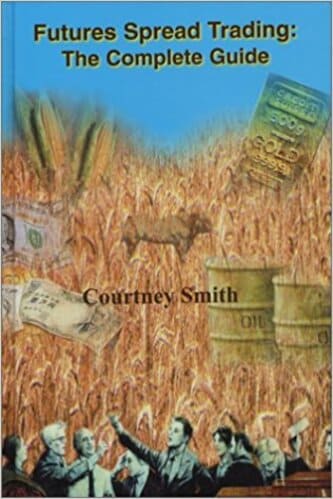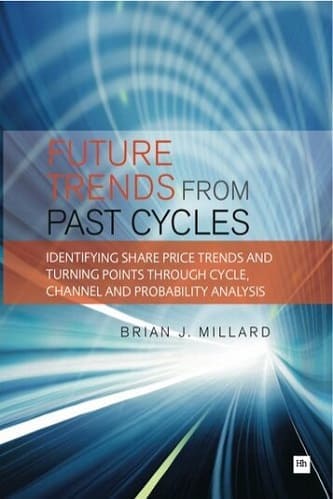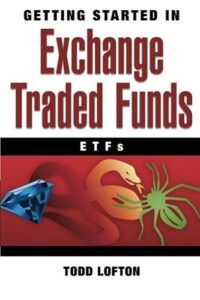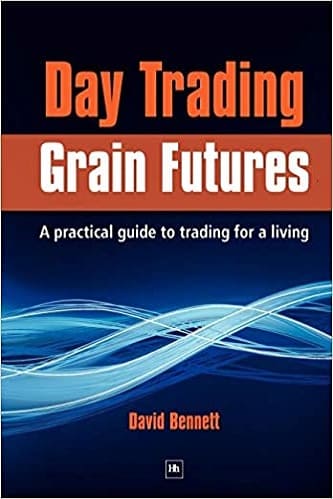Articles
Rules For Trading In Commodities By W. D. Gann
RULE 1. Buy at new high prices or old top levels.
RULE 2. Buy when prices advance above old low price levels.
RULE 3. Sell when prices decline below old top levels or high prices.
RULE 4. Sell at new low price levels. As a general rule it is safer to wait until prices advance at least 2¢ above high levels and still more important to wait until they close above these levels before buying and at the same time it is safer to wait until prices decline 1/2¢ below old levels and still safer to wait until they close below these old levels before making a trade.
RULE 5. Closing Prices. Wait to buy or sell until prices close above old highs or below old lows on the daily or weekly charts when markets are very active and moving fast; it is important to use the daily high and low chart and the closing price above highs or below lows. Prices may advance rapidly during the day but when it comes to closing time they may run off several cents and close lower than the previous day, and at the same time when there is a sharp decline, prices may go below the low of the previous day but when they close they close near the high levels; therefore, it is the closing price that is always important to keep up on the daily, weekly or monthly high or low charts.
The longer the time period in days, weeks, months or years when prices exceed old highs or break old lows, the greater the importance of the change in trend and the move up or down. Remember the general rule, when prices advance to new high levels they generally react back to the old tops, which is a safe place to buy and when they decline below old lows, as a rule they rally back to the old lows, which is a safe place to sell. Always, of course, protect with STOP LOSS orders.
Suggested Books and Courses About Commodity and Futures
RULE 6. STOP LOSS ORDERS. Your capital and your profits must be protected at all times with STOP LOSS orders which must be placed when you make the trade and not later.
RULE 7. AMOUNT OF CAPITAL REQUIRED. It is very important to know exactly how much of your capital that you can risk on any one trade and never lose all your capital. When you make a trade you should never risk more than 10% of the capital you have to trade with, and if you have one or two losses, reduce your units of trading.
For trading in Rye and Soy Beans, you should have at least $1500.00 for trading in 5000 bushels. Suppose you risk 3¢ a bushel on a trade; you would have to lose 10 consecutive times to wipe out your capital. You could hardly lose it this way just guessing and by following the rules it is impossible to lose all of your capital. For trading in Soy Beans, especially at high levels, you should have at least $3000.00 capital for each 5000 bushels that you trade in because it is often necessary to risk as much as 5¢ a bushel on Soy Beans. But the profits are much greater than anything you can trade in.
Should you wish to trade in job lots of 1000 bushels, or 2000 bushels, you, of course, can start on a capital of $500.00 and limit losses not more than 3¢ on any trade and by following the rules, in many cases your risks will not be more than 1¢ a bushel. The same rules apply to Wheat, Corn, and Lard. Oats move in a narrower range and require about half as much capital as Rye or Wheat to trade with.
RULE 8. THIS RULE IS FOR BOTH BUYING AND SELLING: When prices decline 50% of the highest selling level, you can buy with a STOP LOSS order of 3¢ below the low prices. Next strongest buying point is 50% between the extreme low and the extreme high. For example, May Rye, the highest price it ever sold was 286½ ; 50% of this is 143½ and when this level is broken by 3¢ it is in a very weak position. The lowest level May Rye ever sold was 30¢ per bushel; 50% of this 286½ and 30¢ is 158¼. The highest price that cash Rye ever sold was $3.35; one half of this is 167½ and we have given an example of what happens when May Rye and other options decline below 167½, 158¼ and 143½.
SELLING LEVEL. When prices advance after being far below the 50% point and reach it for the first time, it is a selling level or place to sell short, protected with a STOP LOSS order of not more than 3¢ above the 50% price level. Example: Suppose that May Rye advances to 143½. The first time it reaches this price, if the indications on the daily chart show it is making top, it is a short sale with a stop at 146½. The next point is 158¼ which is 50% of the range between 30¢ and 286½; this is 158¼. When May Rye advances to this point you would watch for resistance and sell short with a STOP LOSS order at 161½.
After this point the next selling level is 167½ or 50% of 335. Next the range between 30¢ and 335½; 50% of this is 182½ which would be the strongest resistance and the most important selling level protected with STOP LOSS order at 185½. When you start trading be sure that you know all of the rules and that you follow them, and be sure that you place a STOP LOSS ORDER.
- Part of book: W. D. Gann Master Commodities Trading Course




